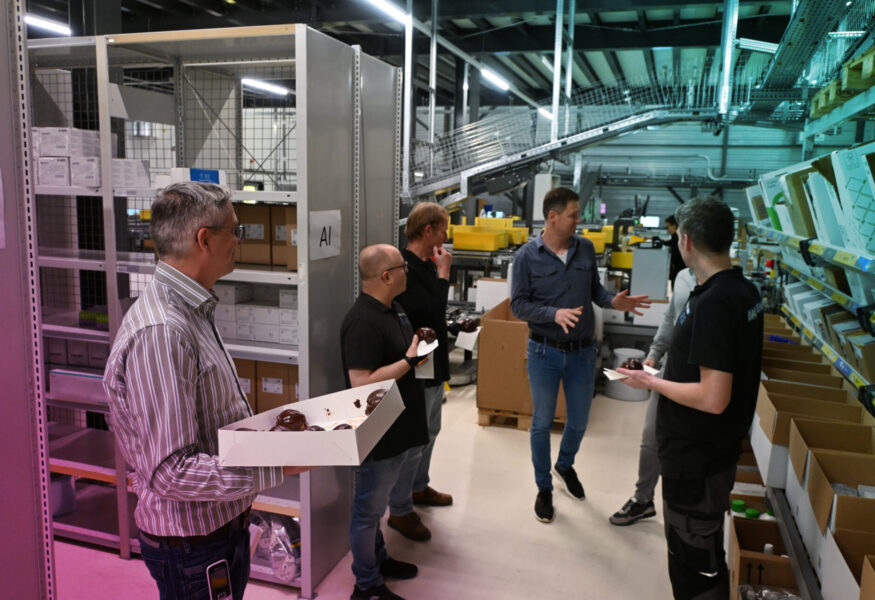Customers have very high expectations. Customised products, personalised offers and shelves that are always well stocked are just a few examples. Many companies do not like the fact that they only respond to their customers’ whims in a reactive way. How can you regain full control? Danny Pieters, Business Development Manager at Ctac, explains how Predictive Analytics can help you do this.
In the past, companies used to decide the direction they would take, but this has not been the case in a long time. Now it is the customer who decides. In a world full of competitors, companies have to prove themselves constantly. If a product is out of stock or if a product is more affordable elsewhere, the customer can easily go to a competitor.
Predicting customer needs
How does your company decide which direction to take? By knowing exactly what your customers need. This is the step that takes you from a reactive approach to a proactive approach. Predictive Analytics uses machine learning to show you patterns and trends in data. This enables you to predict future customer requirements and behaviour.
Predictive Analytics in 4 steps
You need to take a structured approach in order to predict customer behaviour accurately. Ctac does this in four steps:
- Understand the business and define a problem statement
You can only predict customer requirements if you know exactly what problem it is you are facing. One example is: “How can I adapt my supply more accurately to reflect demand?” This is why it is important to dive into the business side of things together in order to define exactly what you want to predict. - Collect, organise and enrich data
Using the right data is crucial for ensuring Predictive Analytics is a success. In this step, we look for the data we need to make an accurate prediction. This may be data from your cash register and inventory systems or external data such as demographic information, weather forecasts or social media posts. - Train the model and analyse the data
This is where the magic happens. We use the data sets from step two to train algorithms. We then try to recognise patterns in the results. For example, what are recurring events? And can we distinguish any specific customer behaviour for those events - Monitor, evaluate and apply the results to the business process
The more we train the algorithms, the better the predictions will become. This is why we continuously monitor and evaluate the predictions together. The ultimate goal is to fully integrate the predictions into your business processes. This allows you to make more accurate purchases sooner, for example. This is how to get the most out of Predictive Analytics!
More satisfied customers with Predictive Analytics
Predictive Analytics helps you regain control of your company and your business processes. This can lead to all kinds of improvements, such as easier purchasing, smarter scheduling of staff and better waste prevention. This will enable you to set your own course again and act more efficiently for more satisfied customers.











